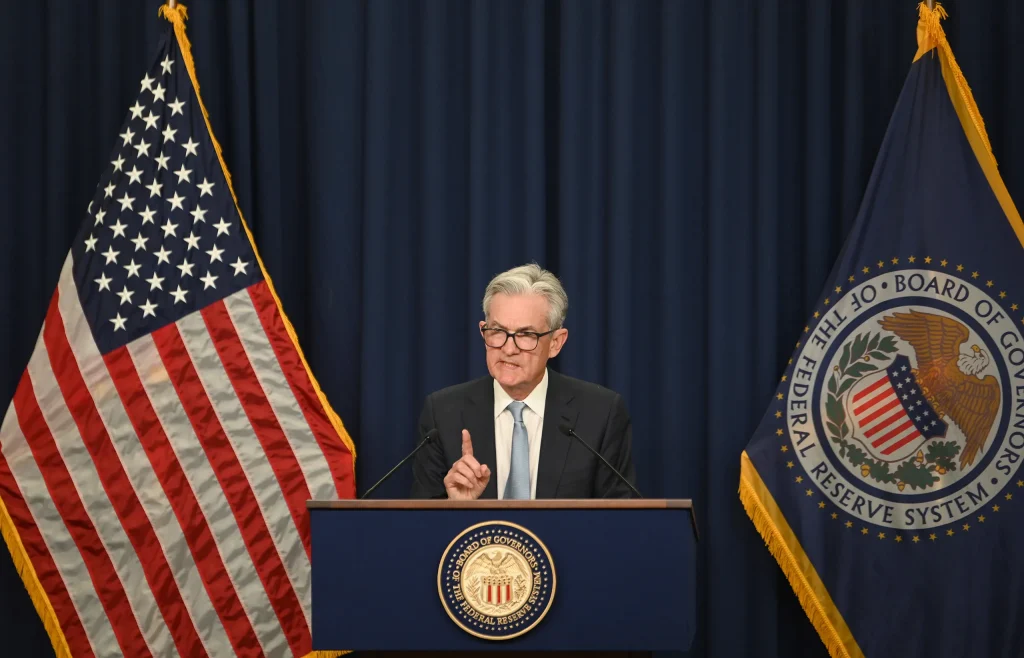Money
U.S. Fed prepares to slow down the economy to smash inflation

Money
Global markets outperform US stocks by largest margin as AI tech rallies in 2025
Global markets outperform US stocks in 2025, marking widest gap since 2009 as international gains surge
Money
Australia’s sharemarket set for weakest annual return in three years
Australia’s sharemarket set for weakest return in three years; gains from gold and critical minerals offset blue-chip losses.
Money
US stocks surge amid AI hype despite market volatility
US stock market bounced back, S&P 500 up 16% in 2023, driven by AI excitement amid policy uncertainties.
-



 Money2 days ago
Money2 days agoUS stocks surge amid AI hype despite market volatility
-



 Leaders2 days ago
Leaders2 days agoAI and automation reshape future tech careers
-



 Tech5 days ago
Tech5 days agoAI stocks surge amid market shifts and spending warnings
-



 News2 days ago
News2 days agoAustralia’s property market set to soar in 2026
-



 Tech23 hours ago
Tech23 hours agoGoogle Cloud and Palo Alto launch $10 billion AI deal
-



 News2 days ago
News2 days agoGlobal race for AI infrastructure amid soaring energy costs
-



 Tech24 hours ago
Tech24 hours agoCheap drones flip the economics of air defense
-



 News1 day ago
News1 day agoChina deploys over 100 ICBMs near Mongolia border








